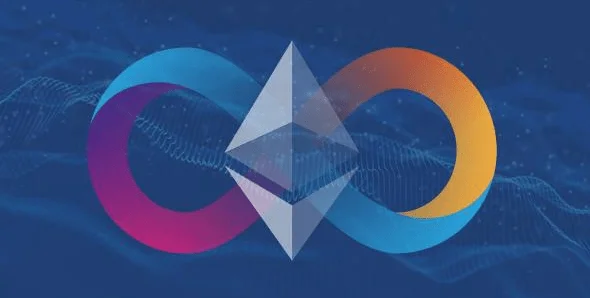Psychedelic has launched a Web 3.0 development studio solution called Terabithia a cross-chain communication and asset mirroring protocol on Wednesday. The bridge allows users to transact Ethereum native assets at faster speeds with lower costs.

For example, starting with the Internet Computer and Ethereum, people can mirror and use any Ethereum tokens on the Internet Computer blockchain and vice versa. This means that the Internet Computer will become a layer-two scaling solution for the Ethereum blockchain.
The protocol tries to solve the problem of high gas fees and network congestion on the Ethereum network. The Internet Computer, on the other hand, has a “reverse gas model,” which means that developers pay for the applications or contracts that use their gas, which are called “cycles.”
Dfinity founder and chief scientist Dominic Williams said that when he was asked about the technical abilities of the Internet Computer network he had this to say:
“The Internet Computer is pretty fast. For example, while Solana is the closest competitor in terms of speed, the IC is approximately 700% faster, boasting 250-millisecond reads and 2 second writes/updates.
According to Williams, Internet Computer is “a lot better at storing data than most other stores,” but it’s not the only one. To store one gigabyte of data on Ethereum, costs $199 million to do so each year.
That same amount of storage costs just $5.52 on Internet Computer. These apps can run at web speed and have “unlimited capacity” when it comes to data or cost, he said.
further, Williams said that “the unrestricted capacity also means that NFTs can be stored entirely on the chain.” This is what he said: Internet Computer is the only blockchain that stores nonfungible tokens on-chain “and is the only one to allow zero-cost transactions.”
Further, he said that “NFT metadata is often stored ‘off-chain’ because of the high cost of data and the inability of many blockchains to grow.”
There was a record high amount of money in layer-two solutions on Ethereum last month. Cryptocurrency fans have been moving to these networks to avoid high gas prices.
When Ethereum 2.0 is released, its consensus mechanism will change from proof-of-stake to proof-of-work. This does not solve the main problem of slow transaction speeds, which only happen 30 times per second now.

